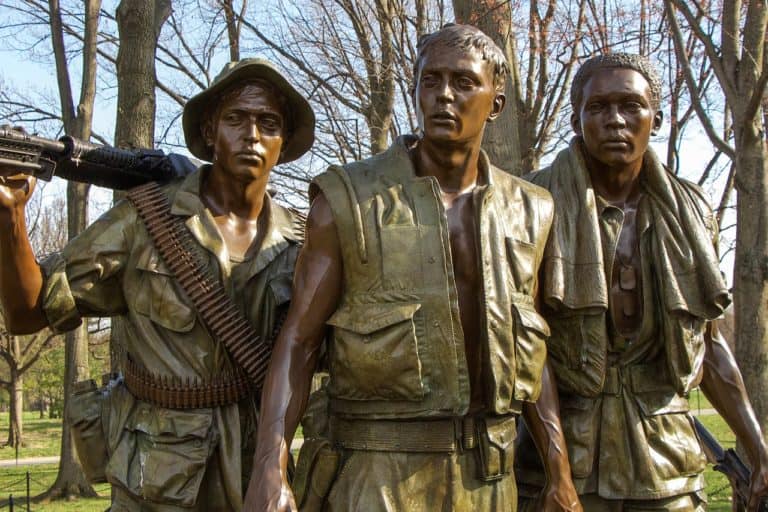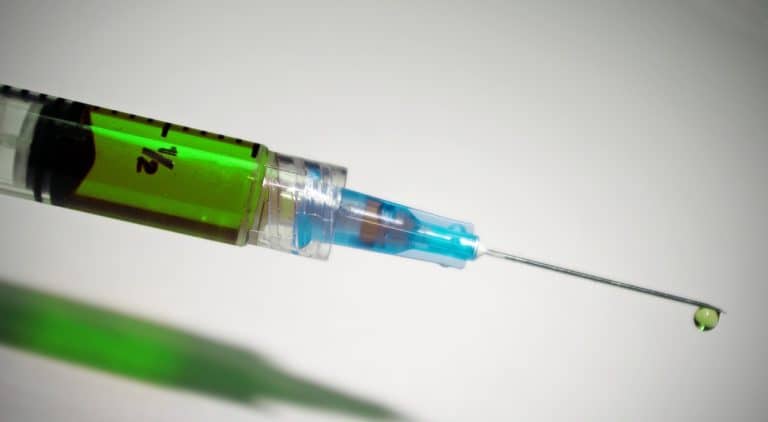When men talk about using any of the oral medications for erectile dysfunction (ED), they often refer to the two most popular ones as the blue pill or orange pill; that is, Viagra (sildenafil) or Cialis (tadalafil). Both drugs belong to a group called phosphodiesterase type 5 inhibitors (PDE5 inhibitors), whose other members include vardenafil (Levitra and Staxyn) and avanafil (Stendra).
How do Viagra and Cialis work?
Basically, both Viagra and Cialis work in the same way. That is, they block the activity of an enzyme called phosphodiesterase-5 (PDE5), which destroys cGMP, a substance that regulates blood flow in the penis. Therefore, PDE5 inhibitors block the destruction of cGMP and allow it to build up and last longer, which in turn allows the penis to stay engorged with blood for a longer time.
This action of the drugs alone is not enough to cause an erection, however. Men who use these PDE5 inhibitors also must have some type of sexual stimulation (e.g., tactile, verbal, visual) before a user can attain an erection.
Which works best, Viagra or Cialis?
The answer to this question can depend on what you want and expect from an ED medication. Viagra is considered to be an on-demand medication. Within 30 to 45 minutes of taking the drug, you can expect to achieve an erection that lasts for 2 to 3 hours, although the effects of the drug may last up to 5 hours when used along with sexual stimulation. Viagra is available in dosage amounts of 25 mg, 50 mg, and 100 mg, and the effect usually is more effective and long-lasting at the higher dose. However, men should take the dose recommended to them by their doctor.
Men who choose Cialis (Lilly ICOS) have two choices. They can take the higher dose (10-20 mg), the form that is sometimes referred to as the weekend drug because once you take it, you are ready for sexual intercourse for about 36 hours. There’s no need to take an additional tablet during that time period.
A lower dose (2.5-5 mg) also is available. This dose can be taken daily, which allows men to be ready for sex at any time rather than within 36 hours of taking a pill.
In addition, Cialis has been approved (since 2011) for use in men who suffer with an enlarged prostate (i.e., benign prostatic hyperplasia, of BPH). A dose of 5 mg once daily has been shown to provide significant improvement in BPH symptoms. Research also shows that Cialis is effective for treating both ED and BPH in men who have both conditions.
What are the side effects of Viagra and Cialis?
The most common side effects associated with Cialis are back pain, flushing, headache, indigestion, muscle aches, and stuffy or runny nose. Most of these side effects go away within a few hours, but back pain and muscles aches can take up to two days.
Common side effects associated with Viagra include abnormal visions (changes in color vision, blurry vision), back pain, dizziness, flushing, headache, muscle pain, nausea, rash, stuffy or runny nose, and upset stomach. Rarely, men have experienced stroke, heart attack, irregular heartbeat, or death when taking Viagra.
In rare cases, both Viagra and Cialis can cause priapism (an erection lasting 4 hours or longer) or sudden decrease or loss of vision (one or both eyes) or hearing.
What are the cost of Viagra and Cialis?
The cost of genuine Viagra or Cialis (not generics or medications purchased online from foreign countries) is about $70 to $75 per pill (50 mg) of Viagra; $73 to $80 per pill (20 mg) of the 36-hour Cialis; and $13 to $14 for 5 mg (daily) Cialis. Your actual cost will depend on the type of insurance coverage you have.
The manufacturer of Cialis (Eli Lilly) offers a savings card for first-time users (new patients) only. Anyone who has used a Cialis Savings Card or a 30-Day Free Trial Offer in the past is not eligible to use this Savings Card.
The Cialis Savings Card entitles users to received $200 off the cost of their prescription(s) for a 30-day supply of Cialis. Men who pay for their prescriptions with insurance can use the card toward each of their co-payments until they reach $200. Individuals who don’t have insurance will save $200 off the cost of Cialis. If the entire $200 is not spent on the first prescription, the remaining amount is carried over to the next prescription(s) until $200 is reached.
References
Food and Drug Administration. Press release 2011 Oct 6
Lee LK et al. Treatment satisfaction among men with concurrent benign prostatic hyperplasia and erectile dysfunction treated with tadalafil or other phosphodiesterase type-5 inhibitor combinations. Patient Preference and Adherence 2016 Jul 12; 10:1205-15







